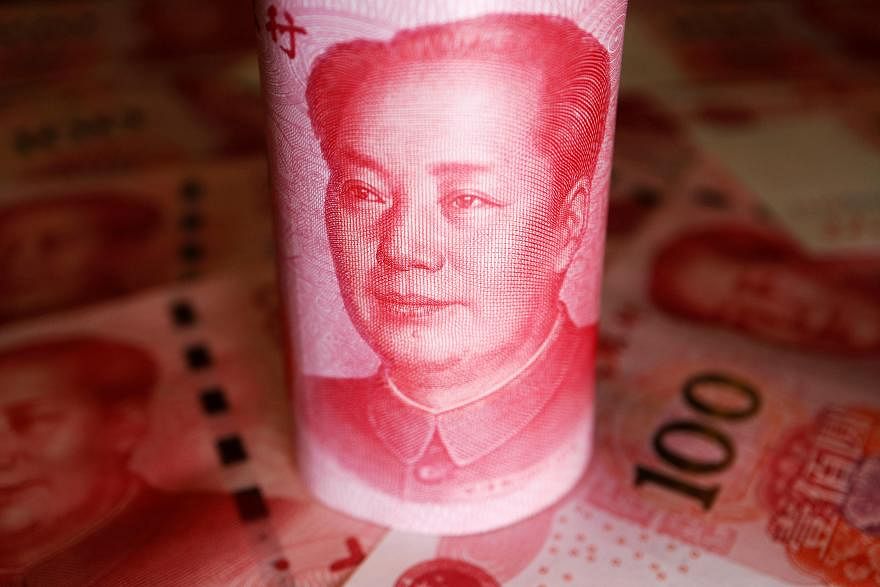THE historic end to super-easy monetary policy in Japan and a surprise rate hike in Taiwan have strengthened the yuan’s appeal as a funding currency for the global emerging-market carry trade.
Investors are reassessing their strategies after a pause in the stellar run of dollar-funded trades amid signs the Federal Reserve may not ease as aggressively as previously anticipated. Carry traders borrow in low-yielding countries to invest in higher-yielding assets, often in emerging markets. An ideal funding currency is characterised by low volatility and limited scope to strengthen.
While the yen remains the world’s lowest-yielding currency despite the Bank of Japan’s (BOJ) exit from negative rates, heightened expectations for its appreciation and volatility may deter borrowers. The yuan compares more favourably to the Taiwan dollar on those metrics and is more attractive than the greenback on both implied yield and volatility, according to data compiled by Bloomberg.
China’s managed currency has been kept in a tight range by Beijing this year, with little scope for appreciation given the sluggish economic conditions. A slide below a key support level on Friday (Mar 22) suggested officials are comfortable with a further depreciation in the currency.
The yuan “has become more of an option for funding with the People’s Bank of China in easing mode as the economy struggles to find its footing”, said Brendan McKenna, an emerging market economist and currency strategist at Wells Fargo Securities.
Low volatility and a stable trading range “makes a strong case” for its suitability for carry trades, Goldman Sachs Group strategists including Danny Suwanapruti wrote in a note on Mar 11.
Bloomberg’s gauge of eight emerging market carry trades funded by the greenback lost 0.6 per cent so far this quarter, after a 4.5 per cent gain in the final three months of 2023.
Regarding the yuan, “I wouldn’t necessarily say bet on a huge devaluation, but if you want to look to carry trades I think that’s a good one, absolutely,” Olga Yangol, chief strategist, Americas, at Credit Agricole, said prior to the raft of central bank action last week. Yangol said she’s long on the Turkish lira and also likes some Asian currencies, but considers the Mexican peso expensive.
The yuan’s one-month implied volatility hit its lowest since 2017 earlier this month before rising on Friday. The offshore yuan’s interbank interest rates in Hong Kong, a benchmark gauge of offshore yuan’s borrowing costs in Hong Kong, has fallen to around 3 per cent, from a peak of nearly 4.5 per cent in September.
An unexpected interest-rate increase in Taiwan last week, which pushed up the policy benchmark to its highest since 2008, may hurt the Taiwan dollar’s carry appeal. Still, some analysts believe the hike, aimed at countering inflation, will be the last for this cycle.
Japan’s still-low interest rates mean the yen is still considered attractive by some. When the BOJ raised rates for this first time in 17 years last week, Governor Kazuo Ueda made it clear policy would remain accommodative.
Yen overnight indexed swaps are pricing a rise in the BOJ’s policy benchmark to around 0.3 per cent in December.
“Carry trades are probably going to remain attractive with the yen as a funder,” said Nicholas Chia, macro strategist at Standard Chartered in Singapore. “This will be conditional on the BOJ keeping rates lower for longer, which I think will be the case.” BLOOMBERG



